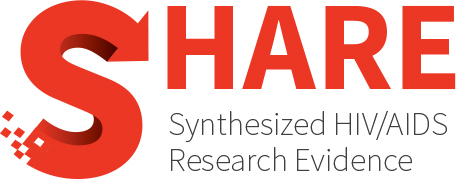Effectiveness and cost-effectiveness of pre- & post-exposure prophylaxis for HIV
Abstract
Key take-home messages
- There is not enough evidence to draw conclusions about the clinical effectiveness of non-occupational post-exposure prophylaxis (PEP); however, non-occupational PEP is possibly a cost-effective intervention.
- PEP has been shown to be cost-effective for men who have sex with men (MSM) and may also be cost-effective for intravenous drug users (IDU) and high-risk women.
- There is minimal evidence to support the use of antiretroviral chemoprophylaxis as pre-exposure prophylaxis (PrEP).
- Canada does not have any national guidelines for the use of nonoccupational PEP. Although national guidelines vary throughout Europe, guidelines in the US often suggest that the decision to administer non-occupational PEP should be made on a case-to-case basis.
- Most guidelines for PEP recommend either a dual- or triple-therapy regimen, initiated within 72 hours of exposure, and taken continuously for four weeks.
Authors
The Ontario HIV Treatment Network: Rapid Response Service
Year
2010
Topics
- Population(s)
- Men who have sex with men
- General HIV- population
- Prevention
- Biomedical interventions
- Health Systems
- Financial arrangements
